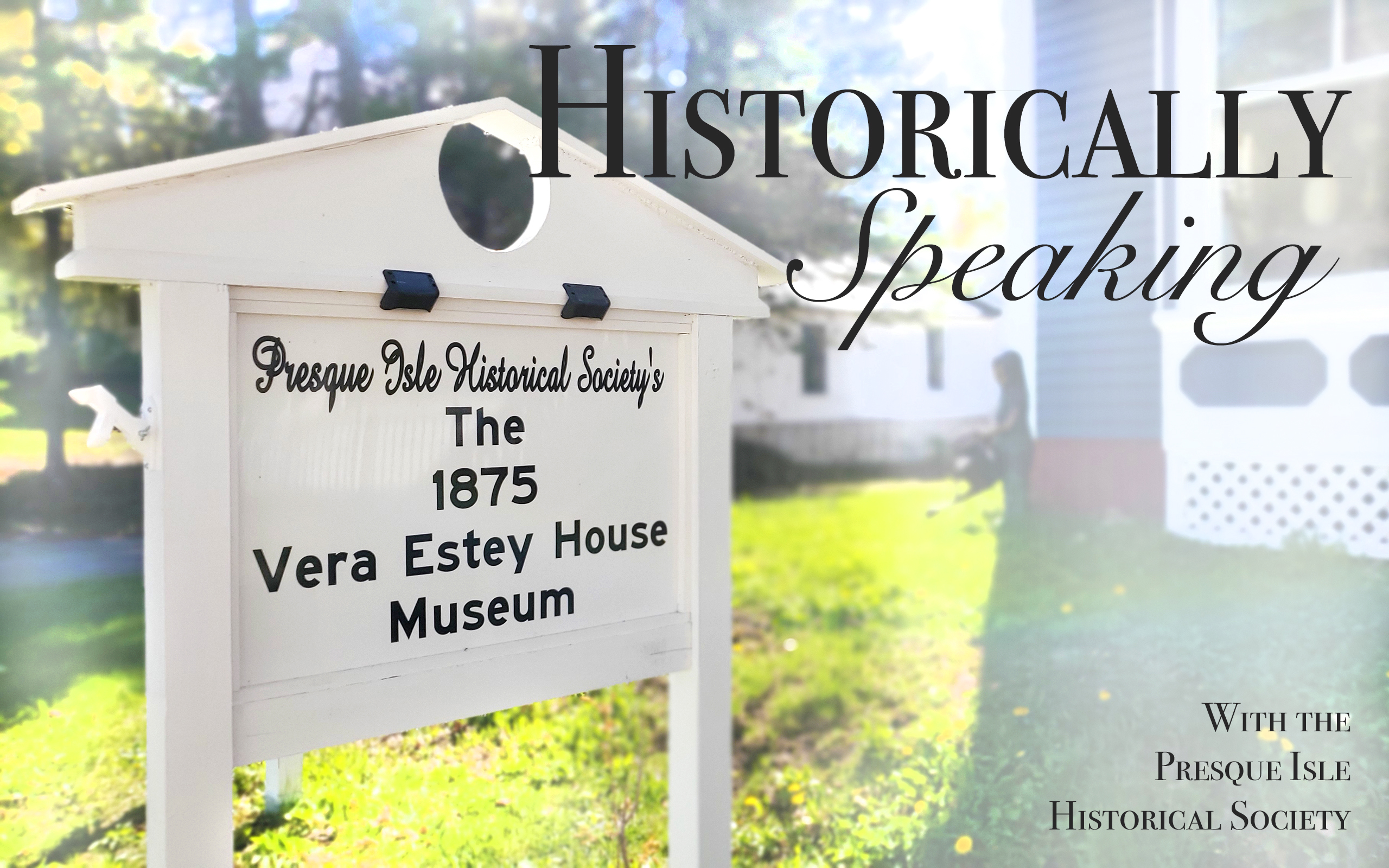Have you ever heard of something being referred to as a historic artifact? The loose definition of a historic artifact is a tool or object that is of historic interest or importance. These might include antiques such as hand-made farming implements, pottery, weapons and jewelry. But would you ever think of a tree as a historic artifact?
Before the United States became a nation and the British Empire still reigned supreme, Great Britain needed the best navy with the strongest and fastest ships. England’s forests were mostly depleted. Securing New England’s lumber was therefore important to its national defense and became paramount to King George and the Royal Navy.
Ships at that time were built from wood and sailed using tall, strong wood masts. “Masting” quickly became New England’s first major industry as the Eastern White Pine was exported for shipbuilding. A mast pine 5 feet in diameter and 120 feet in length weighed around 10 tons. Special, extended length decks were added to ships to accommodate transporting the mast materials.
In the American colonies, a “broad arrow” (sometimes referred to as King George’s broad arrow) was used to mark trees that were intended for shipbuilding. Three axe strikes were placed on large mast-grade trees. (A broad arrow is a stylized representation of a metal arrowhead. It began as a symbol used in heraldry, most notably in England. Later, it was used by the British monarchy to mark British property.)
The use of the mark began in earnest around 1691 with the revised Massachusetts Bay Charter. Its last paragraph included a “Mast Preservation Clause”: “And lastly for the better providing and furnishings of Masts for Our Royall Navy we do hereby reserve to us our hers and successors all trees of the diameter of 24 inches and upwards of 12 inches from the ground growing upon any soil or tract of land within our said province or territory not heretofore granted to any private persons and we do restrain and forbid all persons whatsoever from felling, cutting or destroying any such trees without royal license of us our heirs or successors first had and obtained upon penalty of forfeiting one hundred pounds sterling…”
Of all of the different species of trees used for mast building, the Eastern White Pine was the lightest in weight and biggest in size. The Eastern White Pine is, of course, Maine’s state tree. It is the tallest of the pine species in North America and has been called the Sequoia of the Northeast. When the New World was being colonized, Eastern White Pines stood 150 to 240 feet tall with branch width of 80 feet.
Lumber from these trees is light yet strong. It is a versatile wood, easy to cut, shape and finish. In addition, it is a fairly decay-resistant. With these qualities and its abundance in northern New England, colonists built just about everything out of the Eastern White Pine — homes, businesses, bridges, furniture, ships, masts and more. It was truly the perfect material for shipbuilding with its tall, straight trunk. The trees were also used for other shipbuilding parts including frames, planking, seaming pitch, and resins for paint.
At the time, timber was a very important commodity as it was used to heat homes, to fuel the kitchen hearth over which meals were prepared, and, of course, to build homes, other buildings and wagons. American colonists were unhappy that the king was claiming the best of the trees for himself. This led to unrest and, according to the king, crimes being committed against the crown. Locals were warned not to touch the king’s trees or suffer the consequences which could be severe. Men would secretly enter the woods, cut down the good trees, and recreate the broad arrow mark on other less desirable trees.
Some historians believe that the unofficial battle over the use of the Eastern White Pine played as big a role in bringing about the American Revolution as did the taxation on tea. In fact, an image of the Eastern White Pine was even placed on the first colonial flag and one bearing the tree was allegedly flown at the Battle of Bunker Hill.
Locally, the trunk of a pine tree bearing the mark of King George can be found at the Ashland Logging Museum. It is also said that there is a preserved grove of trees bearing the mark of the broad srrow to be found in the Ashland area.
Several good books can be found on this subject. Some of these include “New England Masts and the King’s Broad Arrow” by Samuel F. Manning, “White Pine: American History and the Tree that Made a Nation” by Andrew Vietze, and “American Canopy: Trees, Forests, and the Making of a Nation” by Eric Rutkow.
Kimberly R. Smith is the secretary/treasurer of the Presque Isle Historical Society.








